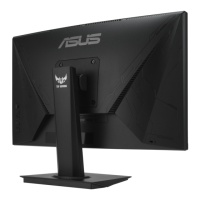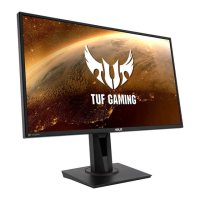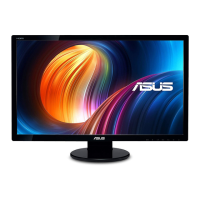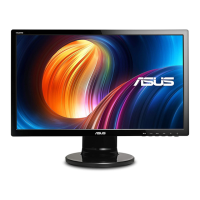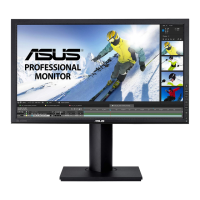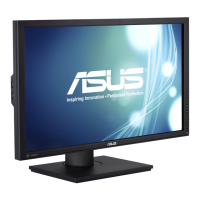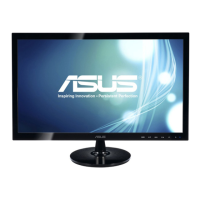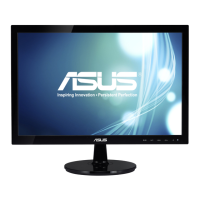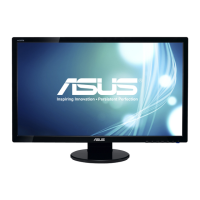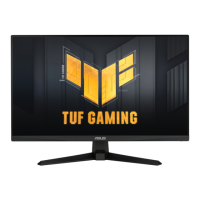
Do you have a question about the Asus TUF Gaming VG249QM1A Series and is the answer not in the manual?
| Color | black |
|---|---|
| Screen Type | led |
| Tiltable | yes |
| Wall Mount | 100mm x 100mm |
| Webcam | no |
| OS Compatibility | windows |
| Screen Size | 23.8 inches |
| Panel Type | ips |
| Aspect Ratio | 16:9 |
| Resolution | 1920 x 1080 |
| Native Resolution | 1920 x 1080 |
| Refresh Rate | 144hz |
| Horizontal Viewing Angle | 178 degrees |
| Vertical Viewing Angle | 178 degrees |
| Response Time | 1 milliseconds |
| Brightness | 250 candela per square meter |
| Contrast Ratio | 1000:1 |
| Synchronization | freesync (amd adaptive sync) |
| Horizontal Scan Rate | 180 kilohertz |
| HDR | no |
| Built-In Speakers | yes |
| HDMI Ports | 1 |
| Display Port Inputs | 1 |
| Mini Display Port | 0 |
| VGA Ports | 1 |
| DVI | 0 |
| Thunderbolt Ports | 0 |
| Headphones Output | yes |
| Power Saving Mode | 0.5 watts |
| Power Consumption | 16 watts |
| Depth with Stand | 8.6 inches |
| Height with Stand | 14.37 inches |
| Width with Stand | 21.3 inches |
| Depth without Stand | 8.6 inches |
| Height without Stand | 12.80 inches |
| Net Weight without Stand | 14.3 pounds |
Summarizes FCC compliance for Class B digital devices, ensuring no harmful interference.
Summarizes compliance with Canadian ICES-003 and Interference Causing Equipment Regulations.
Explains the meaning of warning, caution, important, and note symbols used in the guide.
Details the buttons and their functions on the front of the monitor.
Identifies and describes the ports and controls located on the back of the monitor.
Explains the GamePlus toolkit for enhancing gaming experience with crosshairs, timer, and FPS counter.
Describes the GameVisual function for selecting different picture modes to optimize visual experience for various content.
Provides step-by-step instructions and recommendations for assembling the monitor's base and arm.
Guides on how to adjust the monitor's angle for optimal viewing and stability.
Explains the process of detaching the monitor arm and base for VESA wall mounting.
Illustrates and describes how to connect power, DisplayPort/HDMI, and earphone cables.
Details the steps to navigate and change settings within the monitor's On-Screen Display (OSD) menu.
Introduces various functions available in the OSD menu, including Gaming, Overclocking, and GameVisual.
